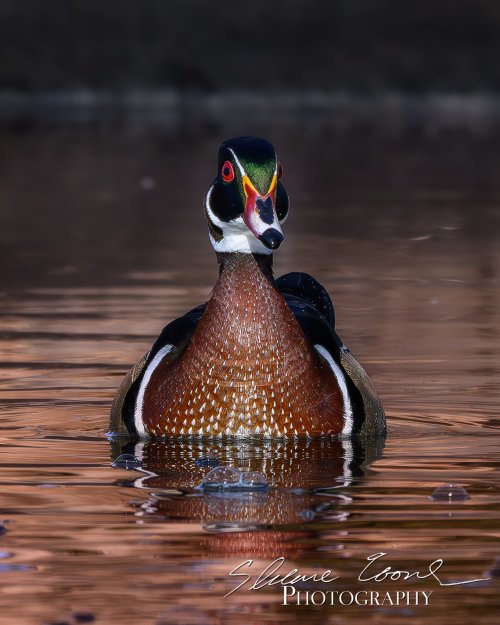The more I dig into things with my own copy, the more I think I am getting a handle on the very different views of or reactions to this lens that are out there. I think there are several factors at play.
One is that I think there has got to be some sample variation. There are just too many disparate reports about too many specific things. For example, a lot of people swear their copy is very sharp wide open, but there's also a large group who insist that it's pretty soft wide open but sharpens up very well at 7.1. Similarly, lots of people say specifically that at 600mm it's very sharp, while lots of others say it's just quite soft at 600mm. You're saying that you've gotten great results even with extreme crops, whereas I've found that the lens can indeed produce great results but that using as many pixels as possible is one of the essential keys to getting good results from this lens.
Another is all of those specific factors mentioned above. Based on reading many reports I am getting the impression that for any given copy of this lens there may be a very specific set of factors needed to get its best performance. If a person's lens produces great results when shot at f8 when shorter than 550mm with a full frame and VR off at high shutter speeds and mediocre shots otherwise, they might take a lot of pretty disappointing photos before - or without ever - figuring that combination of factors out and go on forums saying how lousy the lens was for them. This is especially true because a lot of users of this lens have experience with the 200-500, which a lot of users seemed to find to work well essentially regardless of how they used it.
A third is the simple fact that different people have different standards for what they consider good performance. I think, for instance, that I've seen some pretty incredible photos posted in different places from this lens, BUT in an overwhelming majority of cases even with the photos that look great on first glance you can see a little softness creeping in on the eye if you look closely, a softness that will become more apparent the more cropping that is necessary. One way of describing it might be that if someone is the sort of person that only ever views their photos at full size they may love the lens whereas if someone is the sort of person who is more prone to trying to view the smaller details they won't like it as much. Another way of describing this might be to say that it's a level of acuity which would have been considered sharp 10 years ago but which in the Z era is probably on the somewhat softer side. I think that broadly speaking there are people who don't think anything of this and others who are really bothered by it.
I'm working on a fuller write-up now that I was planning to post in a few days as a sort of review/comparison, but suffice it to say for now that I've found I can get some very nice shots with my copy of the 180-600
if I shoot stopped down, paying very careful attention to the VR, making sure I don't have to crop much, shooting relatively close subjects, and with a willingness to sharpen more than usual in the editing stage. If I try to "cheat" on any of those "ifs," my results tend to be more on the disappointing side.
Here are a few of the nicer examples I have managed to get when following all or most of these "rules," though in the example at least of the wood duck there was some cropping involved and I think it starts to show even here if you have a discerning eye.
As I said I'll likely be posting about my experiences soon but I think the overall summary will be that with the other two lenses I will be comparing to (the 200-500 and the 500pf, one of which is obviously a higher grade of lens and the other is of a similar tier) there just seems to me more room for shooting in different conditions or circumstances without having to try to stick to a specific formula.
View attachment 86842View attachment 86840


